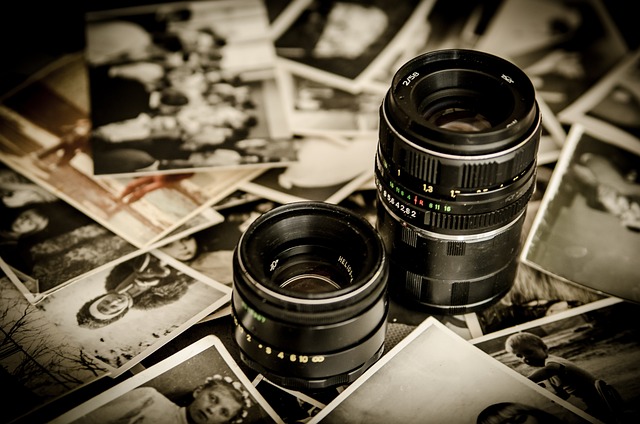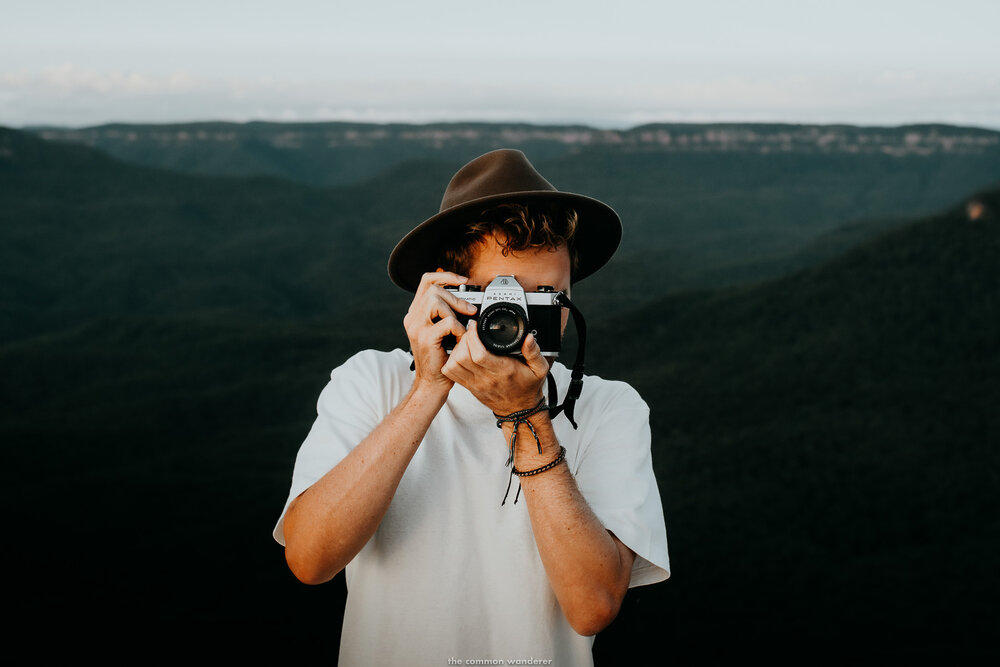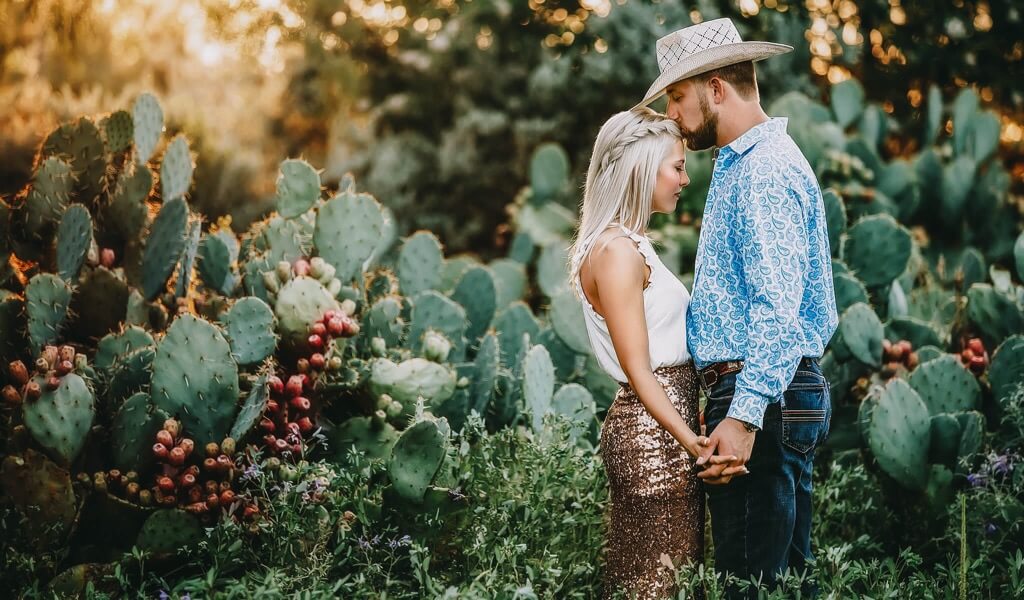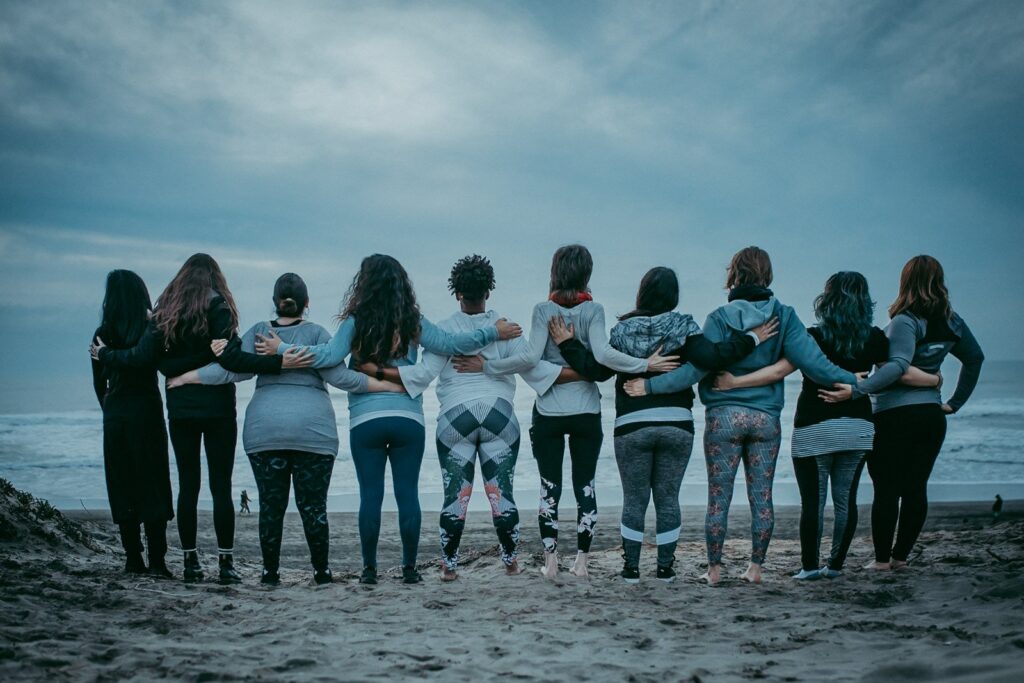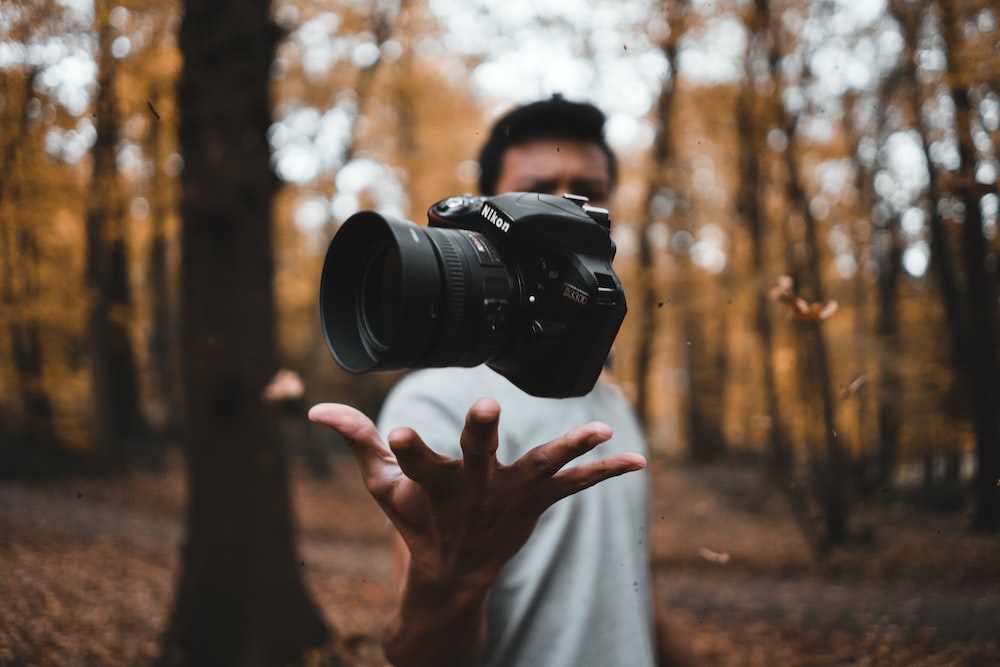
I was having my home treated for termites and the company I used asked if it was okay to take pictures of the orlando termite treatment they were doing to my home. I watched how they setup for the pictures and checked out the equipment they used for the pictures. They were top notch, just like their treatments. Give them a call for the best Orlando Termite Control in the area.
We always ask how can I improve my photograph. Where should I start with? Making sure that my area of work is clean. These are common questions from novice photographers; even experienced photographers would ask how do I know my work is acceptable to meet the taste of the market? In other words, I wonder if the photograph can generate sales instead of collecting dust on the desktop.
The traditional approach will recommend you buy a camera, read through the user manual, go for the tutorials, or even ask you to pay more for a bible photography e-book to learn so-called secret techniques for digital photography. The traditional approach may help but it is passive and is not able to let the photographer discover the value of their work by constructive feedback.
Imagine an active and interactive approach that is free and fun, The photographer receives feedback from various open constructive critiques, and that native approach helps photographers to set the right direction and the point to start with for improving their photography work.
Discover The Value Of Your Photographs
That means as a winner, you may not have the most technically perfect photo, but more people would buy your photo than the others in the contest. I would rather have a photo that sells more often, than one that is technically perfect that collects dust…….
….. the voting is handled by the majority of members. Members from all walks of life and from all over the world, with one common interest (they love photography). What does that mean to you? By having many members from different cultures and ethnic backgrounds you (as an artist) get a real-life critique of your work that reflects the tastes of the masses.
Success Pointers For Winning Photo
Since I registered as a member of POTY in July 2003, I have advanced beyond my wildest dreams in the digital photo world. A lot of my first photos that I entered, never really got good ratings, to no ratings at all. But over time, I looked, listened, observed winning photos, and practiced in all the areas in which I was lacking, and believe me there were lots. Below, I have listed some of the things I have learned here on this forum and I would like to pass some of them on to you and hope you find them useful…….
….. the most important things I can suggest, are to practice, observe, pay attention to constructive criticism, read your camera’s manual, and read anything else you can get a hold of! Photography is a practiced skill! If you wish to improve and strive for that winning photo, you have to make the time and effort.
